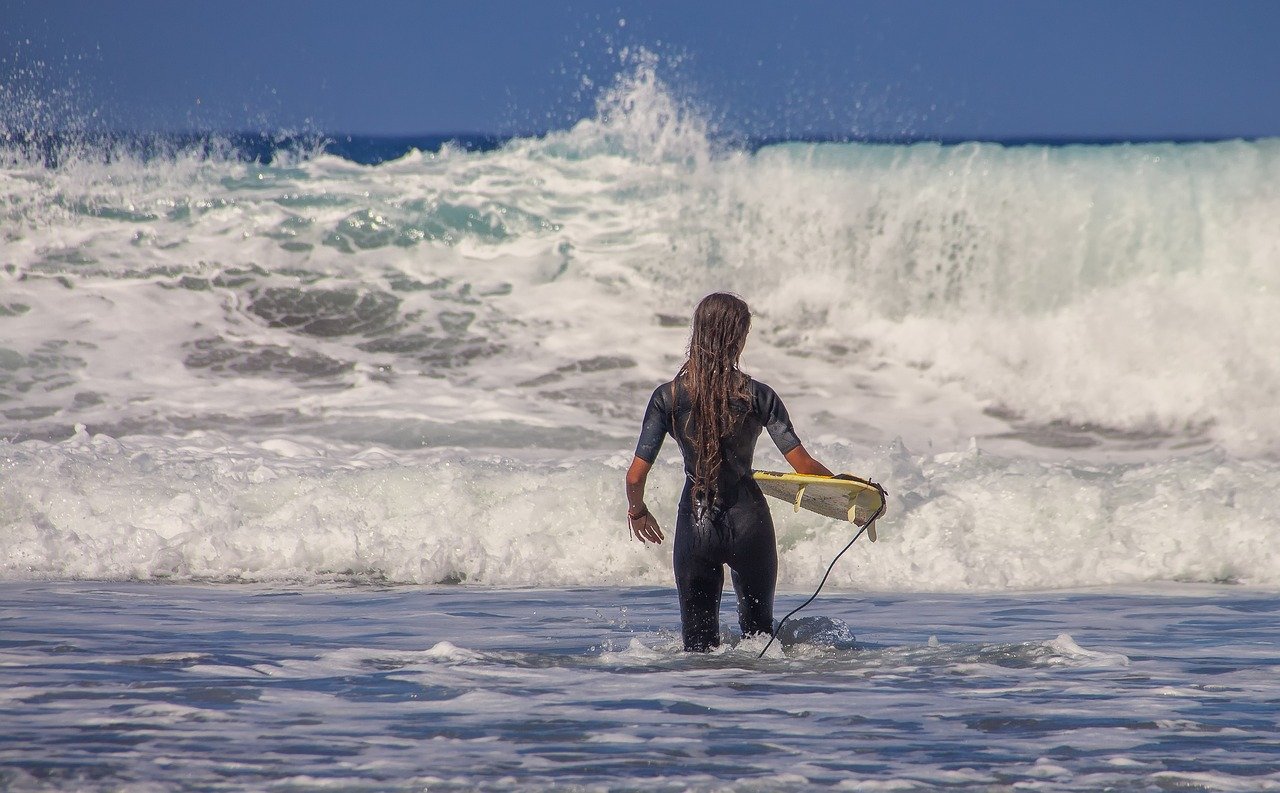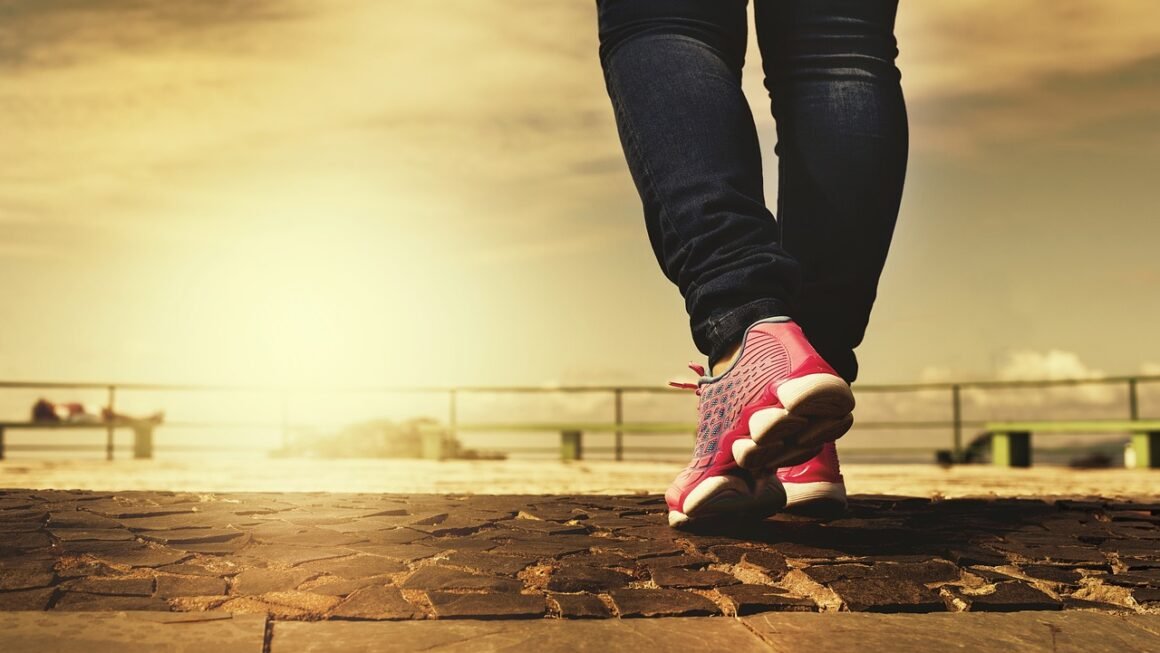Snowboarding: Carving your way through winter, one turn at a time. Whether you’re a complete beginner dreaming of gliding effortlessly down the mountain or a seasoned pro looking to refine your technique, snowboarding offers an exhilarating experience unlike any other. This guide covers everything you need to know about snowboarding, from choosing the right gear to mastering essential skills and finding the best resorts. Get ready to shred!
Choosing the Right Snowboard Gear
Selecting the correct gear is crucial for enjoying your time on the slopes and preventing injuries. The right equipment allows for better control, comfort, and overall performance.
Snowboard Selection
- Length: Snowboard length is primarily determined by your height and weight. Generally, a board should reach somewhere between your chin and nose when standing upright.
Example: A person who is 5’10” and weighs 170 lbs might choose a board between 155cm and 160cm.
- Flex: Flex refers to the board’s stiffness. Softer flex boards are more forgiving and easier to turn, making them ideal for beginners. Stiffer boards offer more stability at high speeds and are preferred by experienced riders.
- Camber vs. Rocker: These terms refer to the shape of the snowboard.
Camber: Provides more edge hold and pop, suitable for groomed runs and carving.
Rocker: Easier to turn and more forgiving, great for powder and beginners.
Hybrid: Combines both camber and rocker for a versatile ride.
- Width: Your boot size determines the appropriate board width. If your boots overhang the edges too much, you’ll experience “toe drag” or “heel drag,” hindering your ability to turn. Wider boards are necessary for larger boot sizes.
Bindings
- Compatibility: Ensure your bindings are compatible with your snowboard’s mounting system (usually a 4×4 or channel system).
- Flex: Similar to snowboards, bindings also have a flex rating. Softer bindings are more forgiving, while stiffer bindings offer more response.
- Types: Common types include strap-in bindings (traditional) and step-in bindings (convenient but can be less responsive).
- Adjustability: Make sure your bindings are properly adjusted to your boots for a snug and secure fit. Improper adjustments can lead to discomfort and reduced control.
Boots
- Fit: Snowboard boots are arguably the most critical piece of gear. They should fit snugly without being too tight. Walk around in the boots for a few minutes in the shop to check for pressure points.
- Flex: Boot flex should match your riding style and skill level. Beginners usually prefer softer flex boots.
- Lacing System: Options include traditional laces, speed laces, and BOA systems. Each offers a different level of convenience and adjustability.
- Liners: Some boots feature heat-moldable liners that can be customized to your foot’s shape for a more comfortable fit.
Other Essential Gear
- Helmet: Non-negotiable for safety. Look for a helmet that meets safety standards (e.g., ASTM F2040 or CE EN 1077).
- Goggles: Protect your eyes from the sun, wind, and snow. Choose goggles with appropriate lens tint for different weather conditions.
- Gloves/Mitts: Waterproof and insulated to keep your hands warm and dry. Mitts tend to be warmer than gloves.
- Snow Pants/Jacket: Waterproof and breathable outerwear to protect you from the elements. Look for features like vents and pockets.
- Base Layers: Moisture-wicking base layers (e.g., merino wool or synthetic fabrics) to keep you dry and comfortable. Avoid cotton.
Mastering Basic Snowboarding Techniques
Before hitting the slopes, familiarizing yourself with fundamental snowboarding techniques is essential for a safe and enjoyable experience.
Getting Started
- Finding Your Stance: Determine whether you’re goofy (right foot forward) or regular (left foot forward). A simple test involves having someone gently push you from behind. The foot you naturally use to catch yourself is usually your front foot.
- Getting On and Off the Lift: Practice getting on and off the lift on flat ground. Pay attention to the lift operator’s instructions and be ready to move quickly.
- Walking on Flat Ground: Use a one-foot skate technique to propel yourself forward on flat terrain. Unclip one foot and use it to push off the ground.
Basic Maneuvers
- Falling Leaf: A fundamental exercise for controlling your speed and direction. Traverse across the slope heel-edge first, then toe-edge first, gradually increasing your range.
- Heel Edge Control: Practice turning and controlling your speed using your heel edge. Bend your knees and shift your weight slightly to engage the edge.
- Toe Edge Control: Similar to heel edge control, but using your toe edge. Keep your back straight and lean into the turn.
- Stopping: Learning to stop effectively is crucial for safety. Use a controlled heel edge or toe edge turn to slow down and come to a complete stop.
Linking Turns
- Transitioning Edges: Once you’re comfortable with heel and toe edge control, practice transitioning smoothly between edges to link turns together.
- Looking Ahead: Focus on where you want to go. Your body will naturally follow your gaze.
- Using Your Body Weight: Shift your weight slightly from one edge to the other to initiate turns. Avoid leaning too far back or forward, as this can throw you off balance.
Intermediate Techniques
- Carving: Carving involves using the edges of your board to make clean, smooth turns without skidding. This requires precise edge control and body positioning.
- Riding Switch: Riding switch means riding with your non-dominant foot forward. Practicing riding switch improves your overall balance and control.
- Jumping: Start with small jumps and gradually increase the size as you become more comfortable. Focus on landing with a balanced stance.
Finding the Best Snowboarding Resorts
Choosing the right resort can significantly impact your snowboarding experience. Factors to consider include snow conditions, terrain variety, lift infrastructure, and crowds.
Factors to Consider
- Snow Conditions: Look for resorts known for consistent snowfall and quality grooming. Resorts at higher elevations or in regions with favorable weather patterns typically offer better snow conditions.
- Terrain Variety: Consider your skill level and preferred riding style. Beginners should look for resorts with plenty of gentle slopes and beginner-friendly areas. Advanced riders may prefer resorts with challenging terrain, such as steeps, chutes, and terrain parks.
- Lift Infrastructure: Efficient and modern lift systems can minimize wait times and maximize your time on the slopes.
- Crowds: Popular resorts can get crowded, especially during peak season. Consider visiting during off-peak times or choosing a smaller, lesser-known resort.
Top Snowboarding Resorts (Examples)
- Vail, Colorado: Known for its vast terrain, including groomed runs, back bowls, and terrain parks.
Terrain: Offers terrain suitable for all skill levels.
Snowfall: Receives an average of 350 inches of snow per year.
- Whistler Blackcomb, British Columbia: One of the largest ski resorts in North America, offering a wide variety of terrain and stunning scenery.
Terrain: Boasts two mountains with diverse terrain, including groomed runs, backcountry, and terrain parks.
Snowfall: Receives an average of 465 inches of snow per year.
- Park City Mountain, Utah: Another large resort with extensive terrain and excellent snow conditions.
Terrain: Offers a mix of groomed runs, bowls, and terrain parks.
Snowfall: Receives an average of 355 inches of snow per year.
- Niseko, Japan: Famous for its abundant powder snow and unique cultural experiences.
Terrain: Known for its backcountry and off-piste riding.
Snowfall: Receives an average of over 600 inches of snow per year.
Tips for Planning Your Trip
- Book in Advance: Secure lodging and lift tickets well in advance, especially during peak season, to avoid disappointment and potentially save money.
- Check Snow Reports: Monitor snow conditions and weather forecasts before your trip to ensure optimal riding conditions.
- Consider Package Deals: Look for package deals that include lodging, lift tickets, and equipment rentals.
- Pack Appropriately: Ensure you have all the necessary gear and clothing for the conditions you expect to encounter.
Snowboarding Safety and Etiquette
Prioritizing safety and practicing good etiquette on the slopes is crucial for ensuring a positive experience for yourself and others.
Safety Tips
- Warm Up: Before hitting the slopes, warm up your muscles to prevent injuries.
- Stay in Control: Always ride within your ability level and be aware of your surroundings.
- Yield the Right of Way: Snowboarders downhill have the right of way.
- Look Uphill Before Starting: Before starting down a slope or merging onto a trail, always look uphill to ensure it’s clear.
- Use a Leash: A snowboard leash is essential to prevent your board from running away if you fall.
- Be Aware of Snow Conditions: Changing snow conditions can affect your board’s performance. Adjust your riding accordingly.
- Stay Hydrated and Fueled: Drink plenty of water and eat nutritious snacks to maintain energy levels and prevent fatigue.
- Know the Code: Familiarize yourself with the Skier/Snowboarder Responsibility Code.
Slope Etiquette
- Respect Others: Be considerate of other snowboarders and skiers on the slopes.
- Don’t Block Trails: Avoid stopping in the middle of trails where you could create a hazard for others.
- Pick Up After Yourself: Dispose of trash properly and avoid littering on the mountain.
- Respect Boundaries: Stay within designated areas and respect trail closures.
- Be Courteous to Lift Operators: Follow their instructions and be patient during peak times.
- Report Accidents: If you witness an accident, report it to ski patrol immediately.
Conclusion
Snowboarding is an incredibly rewarding sport that offers a unique blend of physical activity, adrenaline, and connection with nature. By choosing the right gear, mastering basic techniques, finding the best resorts, and prioritizing safety, you can unlock the full potential of this exhilarating winter pastime. Whether you’re just starting or looking to advance your skills, remember to always respect the mountain, stay within your limits, and most importantly, have fun! Now get out there and shred!



